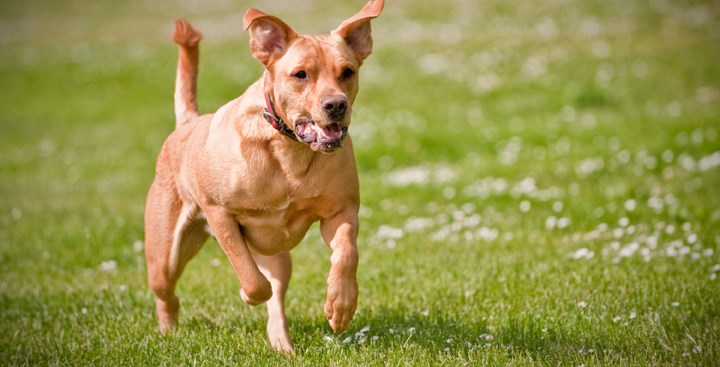There is a right way and a wrong way to do everything in life.
We are faced with choices every waking moment of the day that we must consciously consider, knowing that the choice we make will determine whether the outcome is in our favour, or not. These choices are not always about hugely significant events that will alter the course of the world as we know it, but rather much simpler choices that involve listening to common sense. Unfortunately, it seems that humans tend to ignore common sense, which tells them the right way and points them towards a favourable outcome. Instead, they unconsciously choose the wrong way, thus making horrible mistakes and making life’s lessons harder than they need to be.
Fortunately, life is gracious and has given us humans the gift of a restart button. If we are really paying attention to our lives and the choices we make, we can learn from our mistakes and become conscious creators of our lives and choose the right way the next time we are presented with a choice.
Our dogs are wonderful teachers of consciousness. Sharing life with a dog becomes very difficult when you ignore common sense and allow your unconsciousness to direct your life.
For example, common sense says don’t bring a high-energy, adolescent dog known for its fetching and retrieving drive, which is still learning the concept of boundaries and leadership to the edge of a multi-purpose sports field where soccer games are happening at one end and baseball games at the other, and let it off leash to play.
Yet there are dog owners, many in fact, who lack the common sense to predict what the inevitable outcome might be in this situation. They end up frustrated, embarrassed, and possibly angry at their dog as they learn about dog behaviour the hard way.
The hard lesson comes when the high-energy dog playing fetch with its owner hears the crack of a baseball bat, looks over its shoulder and sees a group of people chasing after the ball. To this lovely young dog, this is nothing more than an invitation to investigate and participate in what looks like a fabulously fun game of fetch.
On the way to chasing after the errant baseball in centre field, the dog is then waylaid by the sight of yet a more fascinating game involving a larger group of people kicking and chasing after a bigger ball. The adolescent fetch-focused dog thinks it is in fetching heaven and its brain kicks into retrieving overdrive, blocking out all sounds and communication attempts by its owner, who is now running after said dog. The young dog, of course, thinks its owner is joining in the fun and runs faster towards the ball and away from the owner. It has been its job, after all, to get to the ball as fast as it can and bring it back.
It is at this moment the dog owner realizes the vastness of his mistake. He overestimated his relationship with his dog and his dog’s ability to remain focused and attentive during what the dog sees as possibly the best day of its life.
Now comes the restart button I told you about earlier. Fortunately, you don’t actually have to live through this embarrassing situation in order to learn what is the right thing to do. I’m giving you the answer right here.
The right way to approach this situation would be to recognize the training opportunity presented at the multi-purpose sports field. Instead of playing fetch with the dog off leash, the dog owner should have practised obedience and focused attention with the dog on a long line. The dog could be rewarded with a couple of tosses of a ball.
When the dog turns its attention to the sports activities, the long line prevents it from running away and gives the owner control of the situation. The dog realizes that it cannot chase after the players or the balls, so it turns its attention back to its owner and is then rewarded with the toss of a ball or a treat. Easy, huh?
The end result is a dog that will calmly remain with its owner on leash while walking past or playing near a sports field and, with due diligence, eventually off leash.
You are welcome my grasshoppers.
Joan Klucha has been working with dogs for more than 15 years in obedience, tracking and behavioural rehabilitation. Contact her at [email protected].



